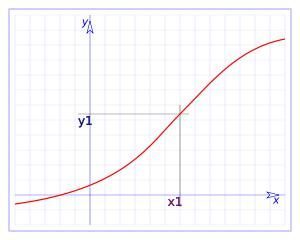 The Geomorphology is the branch of Geography that deals with the study of the earth's surface.
The Geomorphology is the branch of Geography that deals with the study of the earth's surface.
Traditionally, Geomorphology has focused on issues such as the relief forms, although taking into account that they are the product of lithospheric dynamics in general and that it will also require the contribution of other disciplines such as climatology, hydrography, glaciology, among others for the study of them.
It would be at the end of XIX century that Geomorphology would acquire the entity of science and in such a situation the geographer William Morris Davis. Until Davis intervened, it was believed that the only existing explanation for the relief was catastrophism, however, Davis and other peers began to promote that other causes were responsible for shaping the earth and not catastrophic events.
According to Geomorphology, the terrestrial relief evolves in the dynamics of the geographical cycle from a series of both destructive and constructive processes that in turn are constantly affected by the forces of gravity, which exerts as a balancing force of the mentioned unevenness, that is, causing the elevated areas to fall and, on the contrary, the most depressed areas are filled.
Meanwhile, triggers for these processes include the following: geographic factors (relief, climate, soil and bodies of water, temperature, wind, ice, are all factors that contribute to the modeling of the relief and also favor erosion processes), biotic factors (they oppose modeling), geological factors (volcanism, tectonics and orogenesis are constructive processes that are also opposed to modeling and interrupt the geographical cycle) and anthropic factors (it is about human action on the relief, which can influence either for or against relief).









